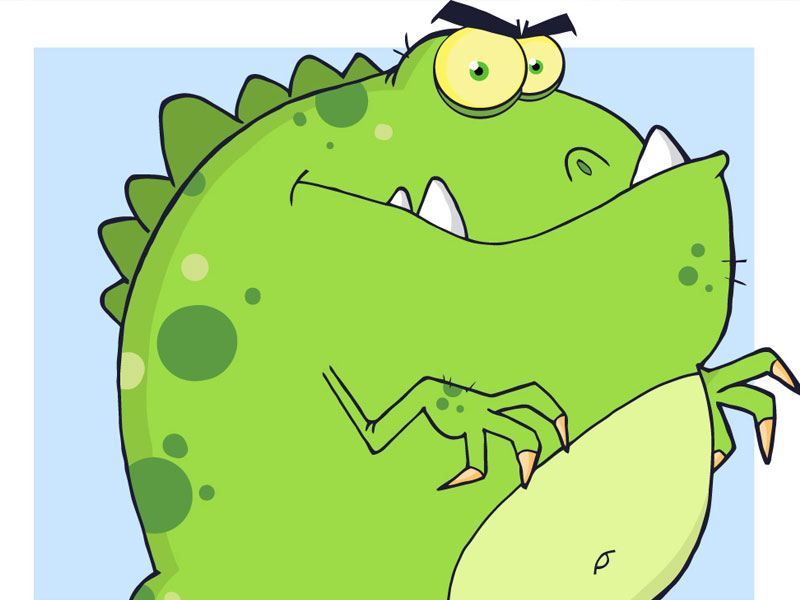
Once upon a time, millions of years ago, during the Sixsigmastean era, there were many species of animals. Each species had to rely on using its natural instincts to survive and grow.
Some of these creatures were brave and explored new territories for grazing and protection. Others were quick and nimble with keen eyesight and vision, able to spot new, unsuspecting prey. And still others were crafty planners who developed new ways to trap prey much larger than themselves. Each of these species understood the need to stay on the move and adapt if they were to survive.
Together, these three species not only made mutual survival possible, but they also enhanced the others’ lives. As some discovered new territories, they opened paths and revealed new water supplies for others. Those with sharp vision and quickness expanded the food chain for all. Those who trapped large food provided remains for others, who could then save their energy to further explore new areas or discover new food sources. It was a good life and no one worried about extinction, floods or the impact of global outsourcing.
Amid these many, diverse animals arose an enormous creature. He was not fast. He was not nimble. He was not an explorer. He was not especially clever. But he was big. He had no natural enemies to weed out his herd, so he not only grew big, he grew plentiful. Archeologists have named this creature “Thwadisaurus,” for reasons which will be told later.
Too big and slow to catch other animals, he was still the biggest threat to all other creatures. He needed long periods of rest during which he was unable or unwilling to move. This blocked paths that lead to new territories. The smaller species, driven by natural instinct to pursue new directions in the most direct manner, would try in vain to move these slumbering obstacles. Exhausted by their efforts, they died by the strain or became easy pray for others.
The sheer size of the Thwadisaurus also made life dangerous for the quick and nimble, hunters who relied on their vision to spot new prey. Often in the midst of these larger behemoths, their vision would be blocked and they could not see around these imposing figures. By the time they got around the Thwadisaurus, they lost their element of surprise. Prey that once was an easy target now had time to prepare their defense or escape.
Finally, those most clever animals who adapted and worked together to trap large prey, were also encumbered by the Thwadisaurus. Its slow, lumbering steps would disrupt traps before they could snare their prey. The Thwadisaurus would disperse the hunting teams, frustrating and hindering their ability to work together to trap and enjoy the fruits of their planning. When a kill was made, the Thwadisaurus might step on, bury or consume the carcasses before others could benefit.
In time, all four species died out. Three died from the obstacles imposed by the Thwadisaurus. They were unable to overcome the interference and disruption that prevented them from using their unique skills.
And even the Thwadisaurs became victims of their own inertia. Creatures of habit, they did not venture into other territory as water and food became scarce. Unable to adapt, they did not try to climb to higher ground when opportunities shifted. Accustomed to frequent sleeping, weighed down by their own size, their eyes did not develop and they had poor vision to even spot or recognize potential prey, although it is unlikely they would have been able to work together to trap it or have the speed or agility to seize it.
In the end, life was bad, very bad…but not for long since all suffered extinction.
The Moral? Beware the “saurs” of your problems.
Interestingly, there are descendants of the Thwadisaurs today. For the name comes from a set behavior, unable to adapt: THWADI, defined in the dictionary of business anthropology as, “That’s How We’ve Always Done It.” And its inflexibility not only prevents its own progress, but the progress of those whose skills and abilities could provide for the future and existence of an entire population, organization or business. However, by changing or removing this behemoth, life can be good…very good.